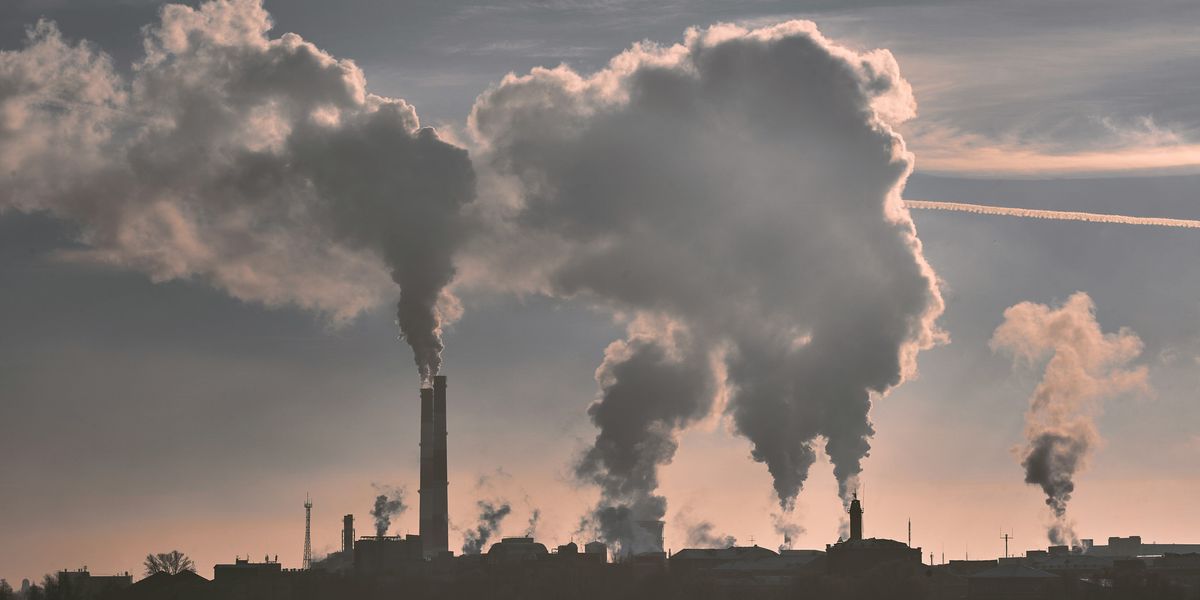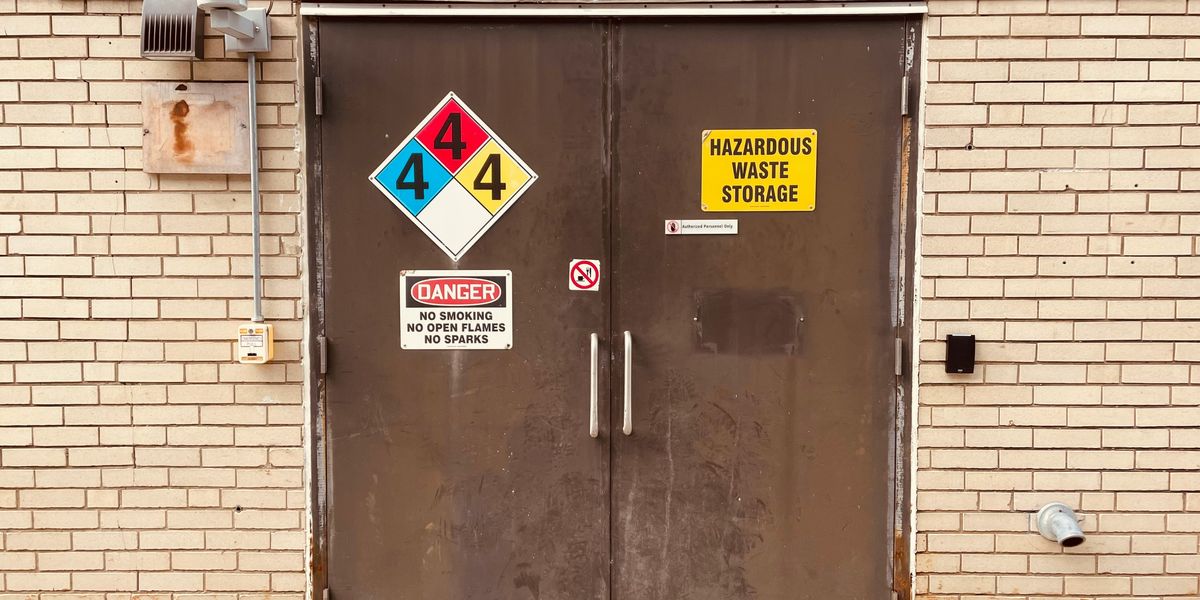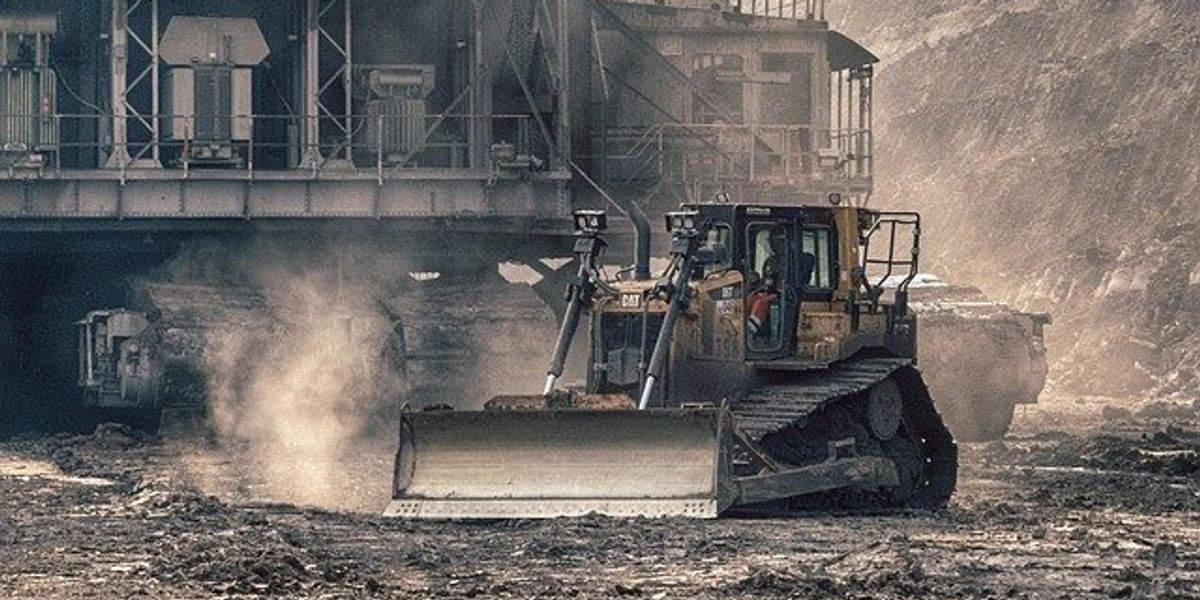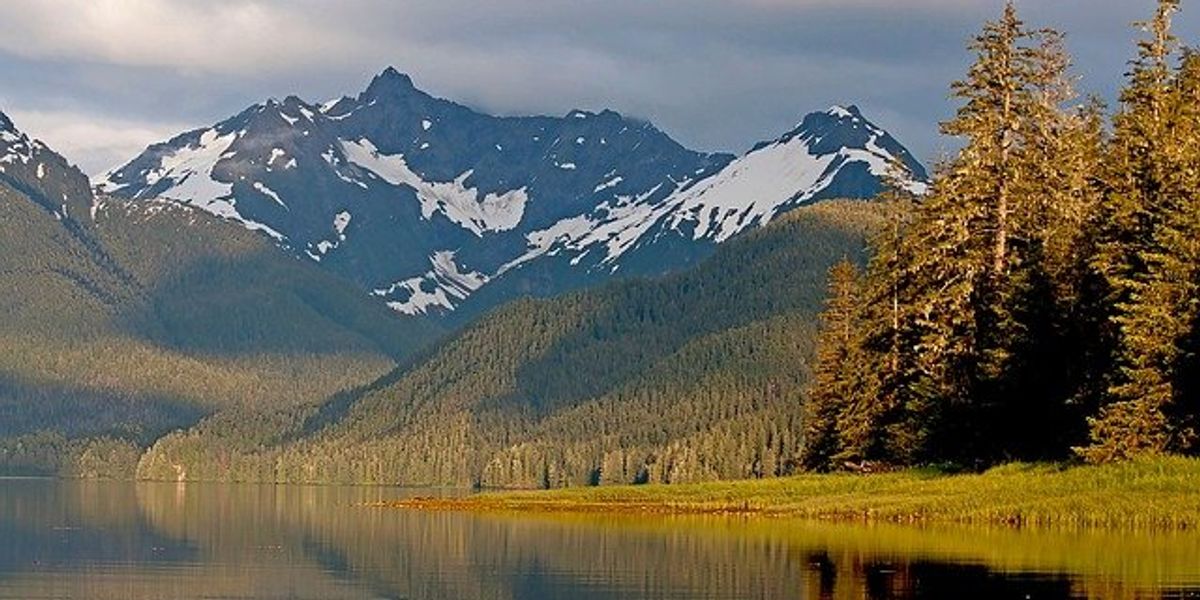
Banks increase fossil fuel financing despite climate pledges
The world’s largest banks poured $869 billion into fossil fuel companies in 2024, up sharply from the year before, despite public commitments to fight climate change.
Georgina Gustin reports for Inside Climate News.
In short:
- U.S. banks led global fossil fuel financing in 2024, with JPMorgan Chase, Bank of America, and Citigroup providing more funding than any other institutions worldwide.
- Much of the $869 billion financed companies with clear plans to expand fossil fuel development, defying global climate goals set by the International Energy Agency.
- A growing number of banks have left or weakened their commitments to international climate alliances, often citing political and market pressures, including anti-ESG (environmental, social and governance) campaigns.
Key quote:
“What banks are doing by increasing their financing to the fossil fuel industry is directly at odds with the signal sent by international governments.”
— Caleb Schwartz, Rainforest Action Network
Why this matters:
The financial sector plays a powerful role in shaping the future of energy. When banks increase funding for fossil fuel expansion, they help lock in decades of carbon emissions, undermining international climate goals. These investments aren't just numbers on a balance sheet — they’re decisions that influence real-world outcomes like extreme weather, air pollution, and global temperature rise. As U.S. banks ramp up fossil fuel financing, they also sidestep the spirit of climate agreements and widen the gap between stated goals and actual behavior. This disconnect raises questions about transparency, accountability, and the true influence of financial interests in slowing or accelerating environmental degradation.
Related: European green-labeled funds invested billions in oil and gas giants despite climate pledges













